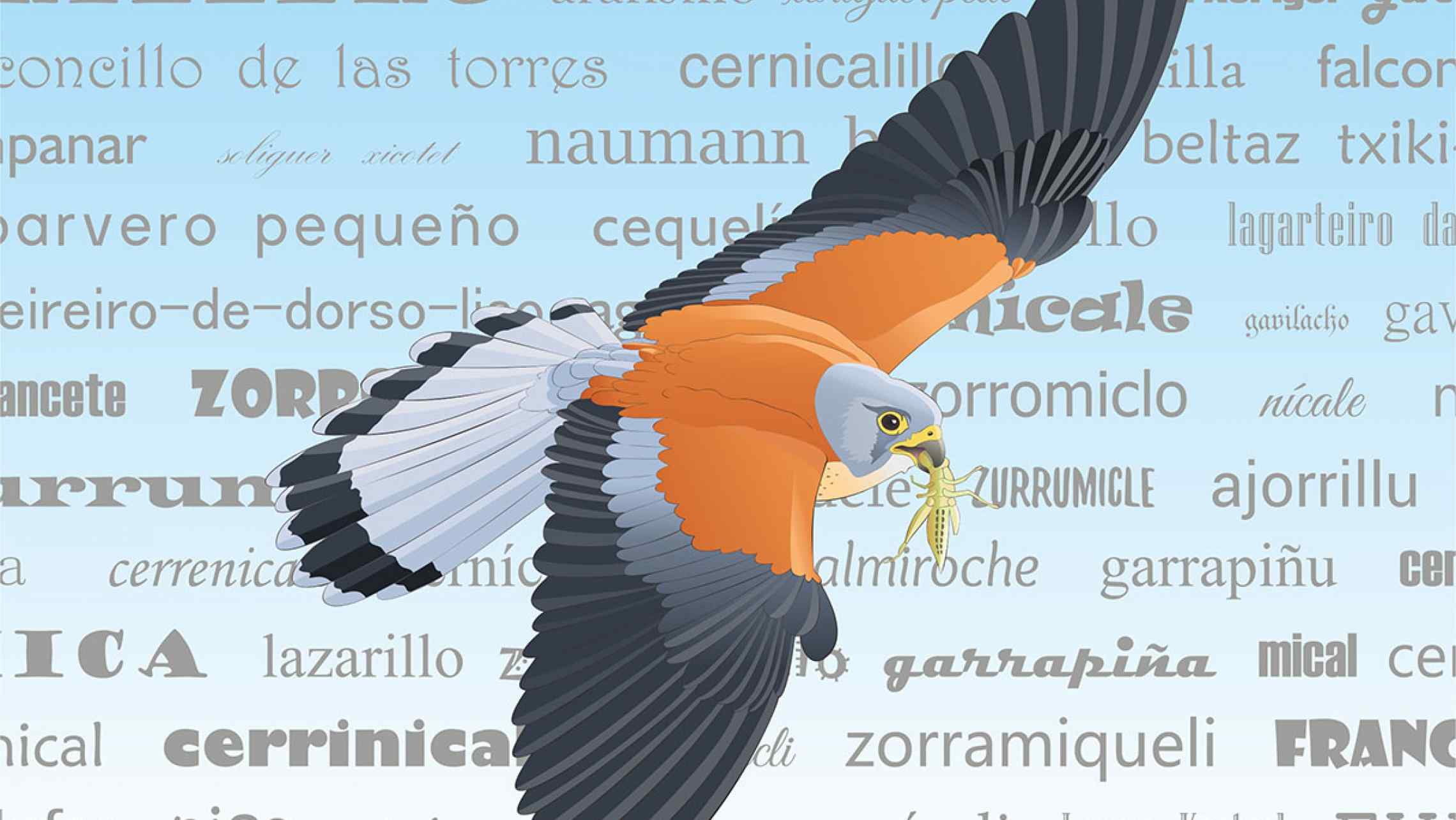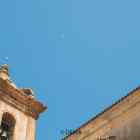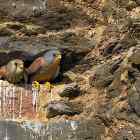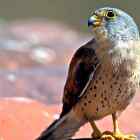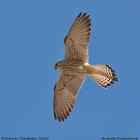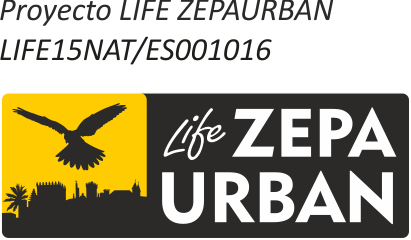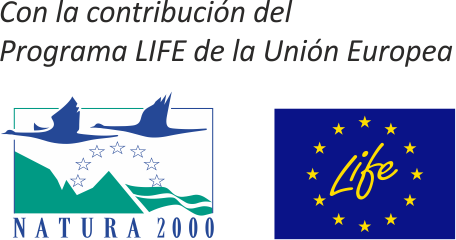The lesser kestrel (Falco naumanni) is, among many other things, the bird of a thousand names; throughout the centuries it has become a symbol of coexistence between humans and birds of prey to the point of becoming a species that indicates sustainable development as its greater or lesser presence in our towns and cities helps us to know the health of our fields as well as the quality of said fields' nesting habitats -- something which, in turn, provides clues about our own habitat.
As a result of this close relationship, there are innumerable ways of calling the lesser kestrel depending on the geographical area in which we are located, with vernacular names ("domestic, native, of our house or country") that sometimes change from one town to another --even if the towns border each other--, with it becoming difficult to discern to what extent the names refer to the common kestrel, the lesser kestrel, or both -- names that, in many cases, are in turn derivations of voices that allude to other falcons or birds of prey in general: names like "ansarillo", "ansillo", "jarico", "chigre", "chiri", "gavilucho", "grillero", and "aransillo" depending on the area of Castile-La Mancha and Castile-Leon; "xoriguer petit" or "falconet xoriger" in Catalonia; "garrapiña", "halconcillo de las torres", "cernicalillo", and "primilla" (a feminine word) in Andalusia; "falconet de campanar" or "soliguer xicotet" in Valencia; "naumann belatza" or "beltaz txiki-motz" in the Basque Country, "esparvero pequeño" or "cequelin" in Aragon, and in Galicia "buxarello" or "lagarteiro das torres" -- the latter is a name that, along with "peneireiro-de-dorso-liso" is also used in Portugal.
But it is in Extremadura where we find a greater variety of vernacular names, perhaps due to the abundance of the species in almost all the region and probably also because our project is being undertaken in this region in such a way that facilitates, among other things, contributions through social networks --like the contribution that Manuel Trinidad made to us in a recent publication--, yielding a greater lexical perspective on the matter. Thus, in our region we find "aguililla" (Castuera), "fornícale" (Campanario), "gavilacho" (Fregenal de la Sierra), "gaviloche" (Fuente de Cantos), "gavilancete" (Granja de Torrehermosa), "zorromícale" (Acebo), "meco" (La Coronada), "zorromiclo" (Guijo de Galisteo), "nícale" (Barcarrota), "mícale" (Valdetorres, Saucedilla), "zurrumical" (Salvaleón), "zurramiquele" (Santa Marta), "zurrumicle" (Hornachos, Valencia de Alcántara), "ajorrillu" (Ahigal), "quica" or "kika" (Cáceres), "cerrenicale" (Pallares), "cernícale" (Lobón, Malpartida de Plasencia), "jorli" (Santibañez el Bajo), "almiroche" (Villanueva de la Sierra), "garrapiñu" (Perales del Puerto), "cerramicle" (Llerena, Hinojal), "mica" (Orellana), "lazarillo" (Ribera del Fresno), "zurrimicalo" (Higuera de Vargas), "garrapiña" (Talaván, Villamiel), "mical" (Trujillo, Berzocana, Cañamero), "cenicalo" (La Haba), "cernical" (Mérida), "cerrinicali" (Calzadilla), "cerrumicli" (Eljas), "zorramiqueli" (Alburquerque), "francellu" or "millafre" (Olivenza, San Benito de la Contienda), "nica" (Brozas), "nícali" (Cilleros), "surrumiclis" (La Codosera), and "zorromícali" (Acebo).
Keep in mind that these are not all the possible names and that some may not be scientifically correct; and of course we do not include here the names from other countries outside the Iberian Peninsula, where we only know common names such as "Lesser Kestrel" (English), "Faucon crécerellete" (French), "Rötelfalke" (German), and "Grillaio" (Italian) to name a few. There may not be a thousand, but there are enough for this article and, in any case, we are willing to continue recording your contributions wherever they come from -- either to correct errors or to find new names for our favorite bird.
